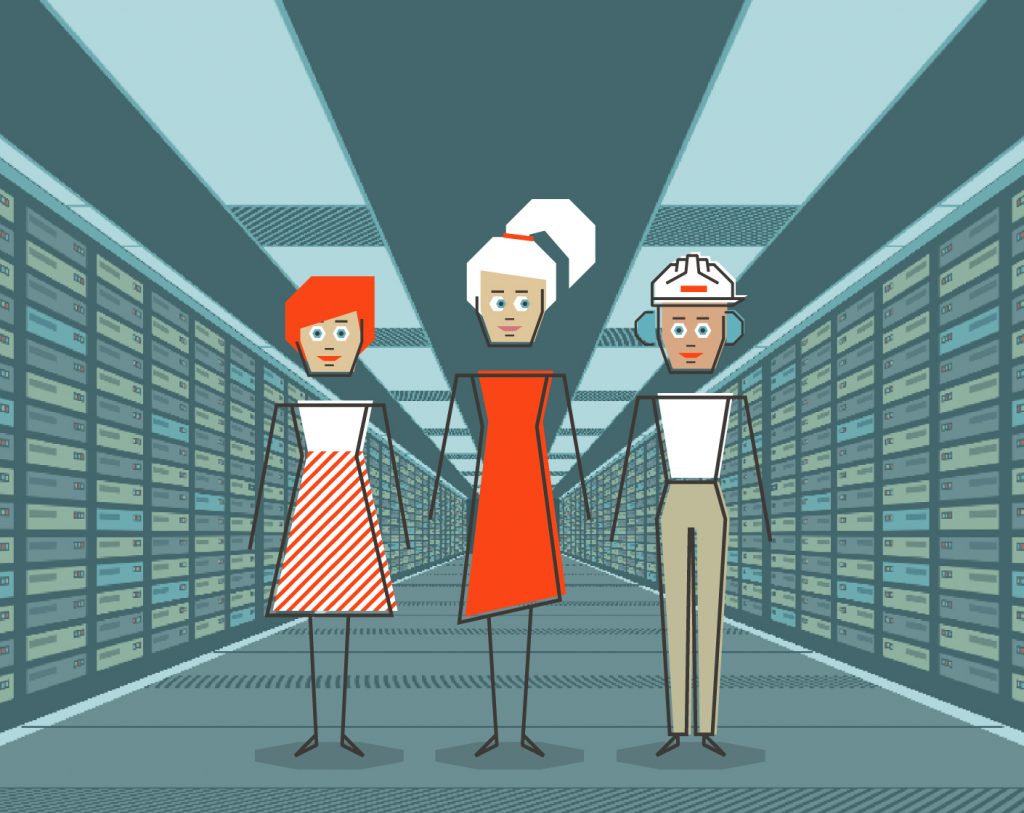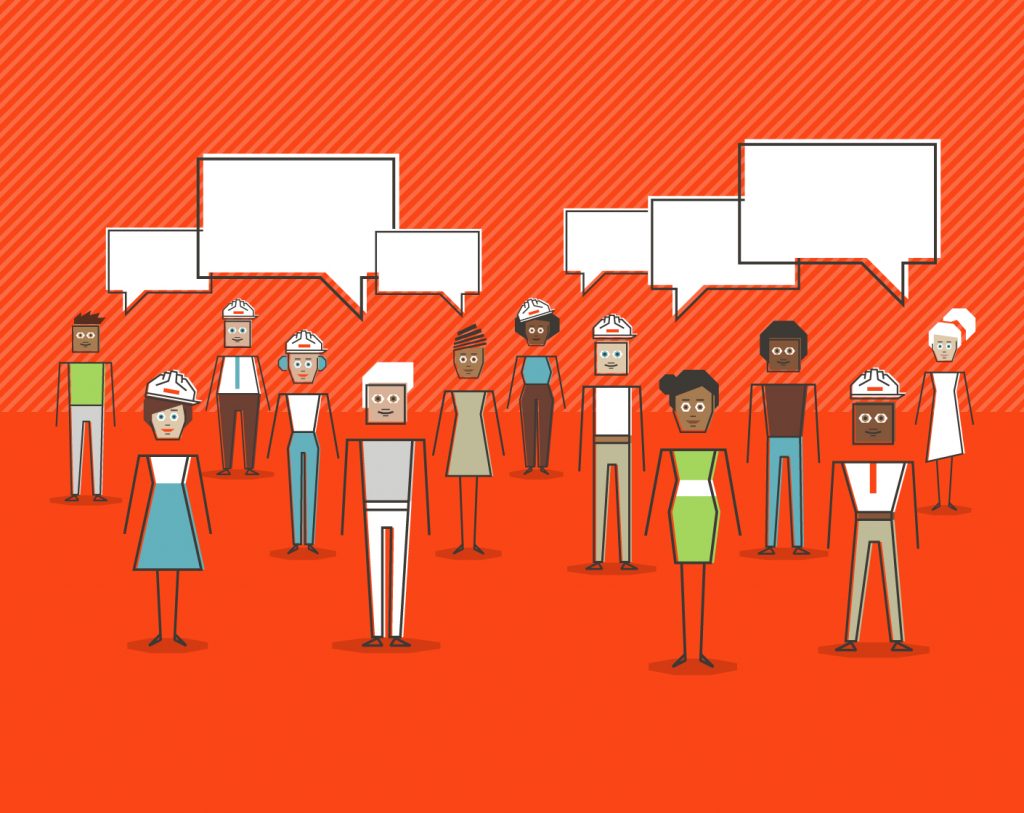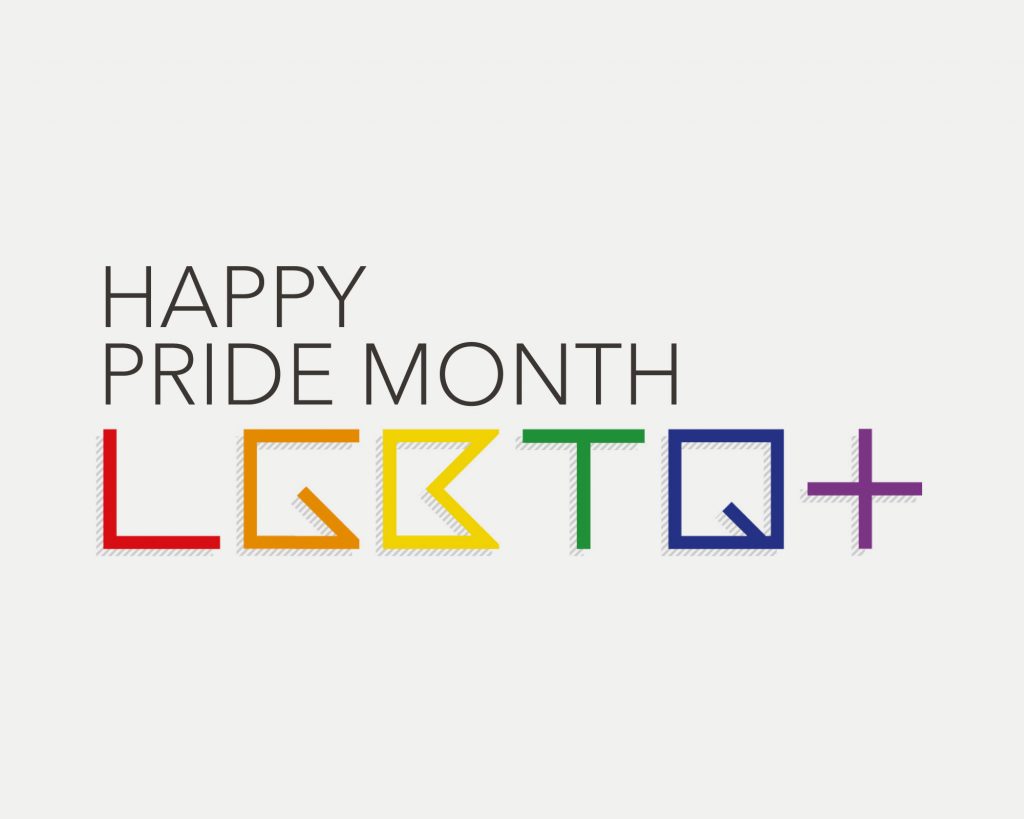[PART 2] Gender Parity in Gen-Z: What does it mean and why do we care?
By: Tricia Arneson
![[PART 2] Gender Parity in Gen-Z: What does it mean and why do we care?](https://yondrgroup.staging.buckeye.hexdigital.com/wp-content/uploads/2021/09/Gen-z-landscape-e1630945713636.png)
As part of iMasons Gender Parity Challenge, which aims to increase awareness about the lack of Diversity in the workplace, Tricia Arneson, Chief Diversity Officer and Head of Business Operations at Yondr Group spoke with three bright Gen Zers to get their thoughts on gender parity in today’s evolving society.
The three part series will explore their perspectives and insights on what gender parity means to them, how to evolve today’s workplace and what can individuals do to improve gender parity across the workplace.
According to McKinsey, 66% believe that communities are created by causes and interests, not by economic backgrounds or educational levels. And 49%, compared to 59% of millennials, Gen-Xs and baby boomers, believe they have to ‘break the system’ to make it right again. Gen-Zers are more interested in dialogue and accepting differences of opinions.
In this second part, Holly Barons, Paige Hansen and Demi Carpatorea share their thoughts on acknowledging gender concerns in the workplace, how organisations can strive to meet gender equality goals and maximise talents across all genders. Responses have been lightly edited for clarity.
Why is it important to take gender concerns into account when building a workplace and a team?
Comfort and safety are common themes. “It is crucial to create an environment where all employees can feel comfortable in order to perform their best,” says Holly. Echoed by Demi who shares that “psychological safety” and creating a “safe environment where people are able to speak up” will impact the performance of a team.
For Holly this extends to team unity but not necessarily gender quotas: “I think the key is to have balance. I don’t think that necessarily means having quotas for each gender, but rather to build a team environment where everyone’s voice is heard and respected equally, and no one feels excluded from the group because they identify differently.
“If someone feels excluded because of gender, they will not be able to contribute their full potential to the team. In a harmonious team, if conversation heads in a direction which could flag gender concerns or isolate team members, a well balanced team will have members who step up to shift the dialogue and steady the ship so no one goes overboard.”
Poignant, given stats from Lean In’s 2019 report:
- 73% of women experience microaggressions, or everyday discrimination rooted in bias.
- Two in five women have experienced some form of sexual harassment over the course of their career.
- About 1 in 5 women says they are often the only or one of the only people of their gender in the room. And they’re more likely to experience microaggressions.
Paige highlights how companies will miss out on vital talent if gender is not considered. “A woman with the education, skills, and background that is very well suited to your company, might not choose to work for you if other companies are showing more promise for advancement and equality in leadership roles. To draw these young minds into your company, you need to consider how you structure your organization. You may also be missing great minds that are already within your company if you have not given them the opportunity to voice their ideas and take on a greater role.”
What would an organisation look like if gender equality goals were met?
“Ideally, you would want a board or leadership team that represents those who work in the company in the best way possible,” says Demi. Holly concurs: “The senior management of the organisation would reflect the gender split of the general population, giving the organisation a balanced and diverse perspective across all levels.” And Paige agrees: “An organisation with gender parity would show proportional representation in different levels and roles of the company.”
“However,” she continues, “I am not advocating for just placing people of certain genders in these roles simply to improve diversity figures.” And Demi’s not either: “you want the best people in the right place in the business.”
These sentiments reflect those of Scarlett Brown, corporate governance lead at CIPD, who was glad to see the FCA’s new board diversity targets go beyond ‘add women and stir’.
“I think the trick is to give everyone the same opportunities,” continues Demi. “But also acknowledge that not everyone has been given equal chances at developing, so some people might need more support.”
Paige focuses on strategic recruitment. “Marketing your company to the workforce needs to be geared towards finding the right candidates. A construction company with gender equality should have programs in place to promote the field to both women and men. The pay for roles should also be equal if the job tasks and responsibility are equal.”
Holly’s thoughts align. “All employees would be able to come into work and not have to worry about missing out on opportunities because of their gender representation or feel they have to change themselves in order to progress in the organisation. In an ideal state, we would no longer even have to tick a male/female box on applications or surveys because, as equals, the distinction will not matter.
What are we missing out by not maximising the talents of both genders?
“The ideas and contributions of 50% of the population,’ says Holly, summing up Demi and Paige’s thoughts too. And she continues, “It is important to highlight that previous generations have built a framework of stereotypes around what it means to be a man or a woman.
“I have heard many times that it is important to have more women in construction because we are so organised or good at empathising or have a better eye for design. But with my generation, I feel there’s a collective desire to move away from stereotyping by gender and look beyond the traditional “blue and pink” framework, to embrace talent on an individual level.
“If we look at key moments in human history and innovation, many great ideas have come from moments where different cultures or people of very different backgrounds were brought together. I am not saying that groups of all one gender cannot be innovative, but that by excluding groups of people for any reason, whether that be for gender expression or not, we lose an opportunity to be exposed to a different way of thinking derived from someone else’s unique experiences. And that clash of different perspectives helps make an organisation forward thinking and relevant in an increasingly globalised and diverse world.”
In the current climate, the opportunities Holly mentions are under threat. McKinsey found women’s jobs are 1.8 times as vulnerable in this crisis than men’s jobs. And while women make up 39% of global employment, they accounted for 54% of overall job losses as of May 2020.
McKinsey comments, “Given all the competing priorities arising from the current pandemic, there is a significant risk that inclusion and diversity may recede as strategic priorities for organisations as companies focus on recovery,” concluding this could impact global GDP growth by $1 trillion.
This series is part of iMasons Gender Parity Challenge which aims to increase awareness about the lack of diversity in the workplace. The challenge, organised by iMasons Women, encourages organisations to improve recruitment methods and implement education programs in order to achieve equality by 2025. You can learn more about the challenge here.
This article was first published by iMasons.


